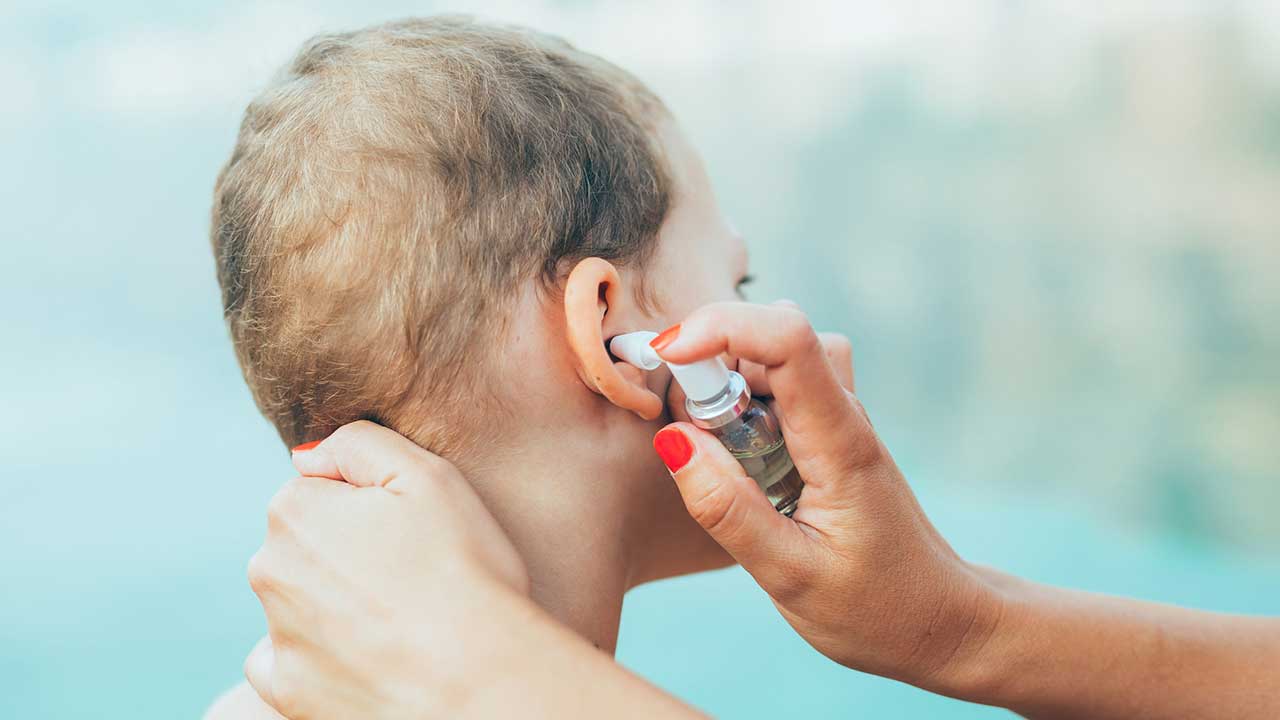
Introduction:
Swimmer's ear, medically known as otitis externa, is a common condition that affects individuals who spend time in water. Whether you're an avid swimmer or just enjoy a dip in the pool, understanding the causes, symptoms, and prevention measures for swimmer's ear is crucial. In this blog post, we'll explore the ins and outs of this condition to help you stay informed and enjoy your water activities worry-free.
Causes of Swimmer's Ear:
Swimmer's ear occurs when water becomes trapped in the ear canal, creating a moist environment conducive to bacterial or fungal growth. The following factors can contribute to its development:
Excessive Moisture: Prolonged exposure to water, whether from swimming or humid environments, can disrupt the ear's natural defenses, making it more susceptible to infection.
Scratches or Abrasions: Activities that can scratch or damage the ear canal, such as using cotton swabs, can create entry points for bacteria or fungi.
Contaminated Water: Swimming in contaminated water, particularly in lakes or poorly maintained pools, increases the risk of infection.
Symptoms of Swimmer's Ear:
Recognizing the early signs of swimmer's ear is crucial for prompt intervention. Common symptoms include:
Itching: Persistent itching in the ear canal.
Redness and Swelling: Inflammation and redness around the ear.
Pain: Increasing pain, especially when touching or pulling the ear.
Drainage: Discharge of pus or fluid from the ear.
Hearing Loss: Temporary hearing loss due to the swelling and fluid accumulation.
Prevention Tips:
Keep Ears Dry:
After swimming or showering, tilt your head to the side to allow water to drain from the ears. Gently dry the ears with a soft towel.
Avoid Inserting Objects:
Refrain from inserting cotton swabs or other objects into the ear canal, as this can damage the delicate skin and increase the risk of infection.
Use Earplugs:
Consider using earplugs designed for swimming to prevent water from entering the ear canal.
Choose Clean Water Sources:
When swimming, choose clean and well-maintained water sources to reduce the risk of infection.
Ear Drops:
After water exposure, use over-the-counter ear drops to help dry excess moisture and prevent infection.
Treatment:
If you suspect swimmer's ear, it's essential to seek medical attention. Treatment may involve prescription ear drops containing antibiotics or antifungals to eliminate the infection. In severe cases, oral medications may be prescribed.
Conclusion:
By understanding the causes, symptoms, and prevention measures for swimmer's ear, you can enjoy your aquatic activities with confidence. Practicing good ear hygiene and taking prompt action if symptoms arise will help keep your ears healthy and free from infections. If in doubt, consult with a healthcare professional for personalized advice and treatment options.